At a glance
Let’s talk about skin microbiome (and microbiota) and probiotic cosmetics, a major trend in cosmetics at the moment!
Bacteria in skincare products… This idea is a bit scary! However, at the moment, probiotic-based cosmetics are literally proliferating in the beauty industry. Today, let’s talk about this trend, which is only just starting but is already very promising!
What if you had to completely rethink the way you take care of your skin?
What if, instead of focusing on deep cleansing, peeling, and anti-bacterial ingredients, you could take care of your skin without stripping it, simply by preserving its microbiological balance?
A poor lifestyle, with harsh treatments, as well as external factors such as stress and pollution can really alter the benefits of this natural protection.
Scientists have only recently highlighted the protective role of microorganisms on the skin’s surface. Just like with our intestines, this microbial flora is essential to guarantee the good health of the skin barrier!
Cosmetic brands are therefore closely studying this new skincare approach and with more and more products highlighting ingredients that are supposed to protect and even encourage the development of good bacteria to ensure the skin’s proper balance.
Probiotics are precisely part of this category of “bacteria-friendly” ingredients.
So naturally, probiotic skincare products are starting to appear more frequently in the cosmetics market and if you ask me, I think it’s only the beginning of this very promising trend!
Today, let’s focus on these kinds of ingredients, how they work, and what to expect from them in your skincare!
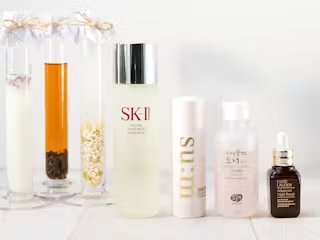 IngredientsFocus on: fermented ingredients (ferments, yeasts, probiotics)
Like probiotic cures that are recommended at each change of season, cosmetics use more and more bacteria, yeasts and other fermented ingredients in skincare products to take care of the skin and its micro-bacterial flora, the microbiome.
Read more
IngredientsFocus on: fermented ingredients (ferments, yeasts, probiotics)
Like probiotic cures that are recommended at each change of season, cosmetics use more and more bacteria, yeasts and other fermented ingredients in skincare products to take care of the skin and its micro-bacterial flora, the microbiome.
Read more
What is the skin microbiome (and microbiota)?
The microbiota:
Before explaining what probiotics are, it’s essential to understand why and especially for who these ingredients are useful! 🙂
No offense, but you’re full of germs! Indeed, 50% of our body is made up of bacteria. They’re everywhere in your body, inside and out, and they’re also on your skin.
No need to run off looking for your disinfectant, it’s perfectly normal and these are even essential to the good health of your body. Because yes, your bacteria (often) want the best for you!
And on the skin, there are definitely many of them. Scientific research has not yet succeeded in identifying all of them, because there are so many!
All the microorganisms that colonize/live on the skin (bacteria, but also yeasts, viruses…) are called the skin microbiota.
Our microbiota is set up at birth and is unique to each & everyone, like a fingerprint. We all have different bacteria “populations” and a balance of different microorganisms on our skin.
There are probably several billion microorganisms cohabiting on your skin. From these, only 1000 bacteria have been identified by scientific research so far.
And these bacteria benefit from the skin’s resources but they also provide it with many services!
The skin flora plays a very important role in protecting against the development of pathogenic micro-organisms that can cause infections, inflammations but also skin diseases (acne, eczema, psoriasis…). It can also contribute to healing in the case of skin wounds, for example.
The microbiome:
This microbiota (that we just talked about), is part of the skin microbiome.
Indeed, the microbiota is associated with the environment in which it evolves (here, it’s mainly the skin), and it constitutes what is called the skin microbiome.
In short, the skin microbiome is like an ecological system, with an environment (the skin) + its population (the microbiota).
A harmonious skin microbiome, therefore, includes a healthy host (= the skin) and a balanced host population (the microbiota), with enough good bacteria to serve as a “safeguard” and prevent other pathogenic bacteria from spreading too much. Because when the microbiome is altered, it no longer fulfills its protective role and this is when inflammation or infections can thrive.
While the intestinal microbiome has already been well researched by scientists, the cutaneous microbiome has only recently started being studied. A world of new possibilities is opening up to treat certain skin diseases (psoriasis, eczema, acne, rosacea…), but also simply to take care of the beauty and balance of the skin in a sustainable way.
Because if a balanced skin microbiome ensures the good health of the skin on a daily basis, in the long term, it also guarantees a better anti-aging prevention. A balanced flora means your skin is less stressed, regenerates better, and therefore ages less quickly.
In principle, to balance this microbiome, you want to increase the presence of good bacteria on the skin and/or stimulate them so that they’re more effective in this protective role. You also want to increase the diversity of micro-organisms present on the skin.
And this is where “microbiome-compatible” ingredients, such as probiotics, can come in very handy…
Probiotics (and others) “skin microbiome-friendly” ingredients:
Research in the field of skin microbiome is still in its early stages at the moment, and for the time being, there are only a few effective solutions recognized by scientific research.
But the cosmetics industry (which has more resources) is already stepping in. As a result, beauty products containing probiotics are popping up everywhere at the moment and they’re full of promises!
According to some experts, this trend is currently more marketing-oriented than based on reliable science. The effectiveness of simple “microbiome-friendly” ingredients can definitely be questioned, especially when the more efficient approach would probably be to offer a complete personalized skincare treatment according to one’s microbiome (that would definitely require a lot of research and money!).
But according to other scientists, it’s very promising and it’s probably the future of cosmetics. Indeed it’s very possible that in 10 years, you will no longer choose your cosmetics according to your skin type, but rather depending on your microbiome!
For the moment, cosmetic brands are therefore focusing on “microbiome-friendly” ingredients to strengthen the existing flora on the skin.
Among these, the most commonly seen ingredients in cosmetics at the moment include prebiotics, probiotics, and post-biotics.
As probiotics are the most well known, they can often all get grouped together under this name, but there are still some nuances:
Prebiotics:
Prebiotics are a kind of “food” for bacteria, which help them to grow. They can also be considered as fertilizers for good bacteria, which allows them to increase in number and be more effective in their role of skin protection.
They are generally made up of a mixture of different sugars and fibers that will selectively nourish the good bacteria in the skin (like certain fermented ingredients).
Probiotics:
According to the official WHO definition, which is more relevant to digestive probiotics, “probiotics are living microorganisms that, when ingested in sufficient quantities, have positive health effects beyond traditional nutritional effects”.
Except that in the case of cosmetics, living bacteria cannot be used in the formulas, it’s not allowed (you don’t want a broth culture in your products!). Instead, laboratories use fragments of “inactivated” bacteria that can still help living bacteria already present on the skin to grow and diversify to promote a more balanced microbiome!
It’s a bit like the principle of vaccines, in a way. Vaccines use harmless strains of microbes to teach our immune system to resist them more effectively. In cosmetics, you want to boost your natural protection/skin flora with fragments of “inactivated” bacteria that will help the living bacteria on your skin to increase!
In short, probiotics help to recreate a bacterial ecosystem that benefits the skin.
And this stronger ecosystem can help to reduce inflammation, strengthen the skin barrier and accelerate skin cell renewal.
Post-biotics:
Post-biotics are molecules produced by good bacteria. You could say that these are the resulting “waste” produced by bacteria, but they’re usually beneficial to the skin.
This is the case, for example, of lactic acid, a very useful post-biotic, because it’s part of the skin’s hydrolipidic film, which maintains its natural moisture.
the future of cosmetics…
These “biotic” ingredients are the most well known, but there are other ingredients labelled “microbiome-compatible” in the formulas of new skincare releases. As I have already said above, this is probably only the beginning!
Another thing worth noting: in general, from what I gathered, it’s recommended to combine several “biotics” and “microbiome-compatible” ingredients in the same formula for greater effectiveness. At least that’s what most of the brands that use them do.
They are also quite fragile ingredients, which are sensitive to oxidation and tend to deteriorate rather easily. It’s probably better to favor packaging that does a good job protecting the formula (and avoid jars, for example).
What are the skincare benefits of “microbiome-friendly” ingredients?
The “microbiome-friendly” ingredients are basically there to help balance the skin, so that they can fulfill their role as a sentinel on the skin’s surface.
And when your microbiome is properly balanced, that means:
- that the skin’s protection is reinforced against environmental aggressions,
- that a healthy pH is restored on the surface of the skin,
- that it improves the skin’s ability to hydrate properly and for a longer period of time,
- that it reduces the feelings of tightness and discomfort of dry skin,
- that it reduces irritation factors that can cause redness and sensitivity,
- that the risk of inflammation and infection is reduced,
- that it helps the skin to heal faster,
- that cell renewal is accelerated…
Since it’s a well-known fact that inflammation also tends to accelerate skin aging (you often hear about the principle of “inflammaging”), you can deduce that having a balanced microbiome allows the skin to age less quickly.
How to take care of your microbiome?
You can also take care of your microbiome by following a few simple rules:
- do not strip your skin by cleansing it too often (2 or 3 times a day, this should be the maximum),
- try to favor cleansers with a physiological pH (= acids like the skin, I talk more about this in my article about skin cleansing),
- avoid using harsh ingredients too often: alcohol, strong exfoliating acids, anti-bacterial ingredients in large quantities (especially if you have sensitive skin)…
In short, now that it has been proven that an overly hygienic approach attacks and alters the skin barrier, it’s better to adopt a mild and moderate hygiene to avoid disturbing the balance of the microbiota and the diversity of bacteria.
A few examples of “microbiome-friendly” products:
It was super easy to find some because, at the moment, they’re basically everywhere!
Here are some products including “microbiome-friendly” ingredients that I tried or that caught my eyes:
This rich body balm is formulated with a natural prebiotic, Aqua Posae Filiformis, which comes from a bacterium cultivated in the thermal water of La Roche Posay. It helps to rebalance the microbiome of atopic skin. It also contains nourishing shea butter and niacinamide for its soothing properties.
I use it mainly on dry areas (mainly my legs) and it helps to bring more comfort and relieve the feelings of irritation that I sometimes get (it itches!).
A light soothing serum, that is enriched with fermented rice water and pre and post-biotics (especially lactic acid). I use it once or twice a week, spraying it directly on my scalp in the evening, and I let it sit all night before washing my hair in the morning.
I find it especially effective to calm the small sensations of itchiness that I can have when I’m stressed!
Soon + Probiotics 5.5 Balancing Water:
I bought this essence when I was in Korea. It looks, for the moment at least, that it’s completely unavailable outside of Korea, but I still wanted to talk to you about it anyway because I find it interesting.
It’s a kind of milky, slightly acidic essence (its pH is 5.5), which uses a ferment derived from lactic acid to maintain skin hydration. It also contains soothing allantoin and a peptide derived from the Magnolia flower that has an anti-redness effect.
I haven’t tried it yet but I plan to use it in the morning, instead of my toner once I’ve finish that.
I had never tried this cult Korean anti-aging and soothing serum, that is supposed to be a dupe of Estée Lauder Advanced Night Repair serum.
The latest version (it’s regularly reformulated) contains 50% Bifida Ferment Lysate as well as 10 different types of probiotic ingredients. It also contains a patented ingredient, Pro ferment α™, an enzyme that promotes the penetration of the other active ingredients in the formula.
I will probably have the opportunity to tell you about it in more detail in a future review! 🙂
A moisturizing cream with a fine texture and full of “biotic” ingredients.
– A prebiotic, inulin, to nourish the good bacteria in the skin. Oat is also a prebiotic ingredient, as it contains a lot of fibers that good bacteria particularly appreciate!
– 5% of yogurt powder plays the role of probiotics to promote the multiplication of good bacteria.
– And finally, as post-biotics, hyaluronic acid, and heptapeptide-7, for their moisturizing and soothing effects.
It also contains squalane and glycerin for comfort.
I used it for several weeks as a day cream and despite its weird smell (it really smells like homemade yogurt powder), I liked it a lot. I found it comfortable, rather soothing and not greasy at all (it’s ideal during the day for my dehydrated combo skin).
It’s also very affordable, which is always a plus!
A new product from the Korean skincare brand Innisfree based on antioxidant green tea (it’s their star ingredient, there are some in almost all their products) and probiotics.
Its texture is rather rich, which makes it a great product for colder months. It contains many repairing ingredients such as ceramides, squalane, cholesterol… But also soothing probiotic ingredients that stimulate the skin barrier’s defense function. It’s a very comfortable and comforting moisturizer.
The formula is rather short, and quite “clean”. I was a bit surprised as Innisfree is usually quite generous in perfume and silicones.
I’ll probably have the opportunity to tell you more about it later after I have tried it for a while! 😉
In conclusion:
In recent years, more and more people have been discovering the important role of the skin microbiome in skin health.
If yesterday, microorganisms were perceived negatively because they were considered only as vectors of illness, today, thanks to more research on the topic, perceptions have changed. Now scientific discoveries and knowledge are leading us to consider the microbiota as one of the most effective sentinels for skin defense!
This is just the beginning and there’s still a lot to discover though. This will undoubtedly change our approach to skincare. Formulas that focus more on these new, “microbiome-friendly” ingredients are probably only the first steps of a skincare revolution.
I don’t know about you, but I’m really excited and I can’t wait to see where it will take us! 🙂
To find out more:
If you’re interested in this topic and want to learn more, I find that the website “The Secret Life Of Skin” is an incredibly interesting source of information (and easy to understand as well!), especially these two articles:
Unlocking the different skincare approaches from the microbiome
Formulating skincare products with Prebiotics, Probiotics, and Postbiotics
Other reviews:
Missha Time Revolution Night Repair Probio Ampoule
My detailed review of the Time Revolution Night Repair Probio Ampoule serum from the Korean skincare brand Missha.
Pros
– the formula is very rich in good skincare ingredients,
– the effective, long-lasting moisturizing effect,
– the texture is really nice to use and pleasant, comfortable but not sticky,
– the packaging is sleek and elegant.
Cons
– I don’t find it as soothing as the brand claims it to be, which is a real shame,
– I don’t quite understand why in its latest reformulation, the brand added essential oils that here, have no other use than a fragrance for the product. I don’t see the point, especially for a product aimed primarily at sensitive skins.
– I can’t help but compare it with the ma:nyo factory serum I reviewed earlier, which is a similar product, and I definitely prefer the ma:nyo serum to this one…
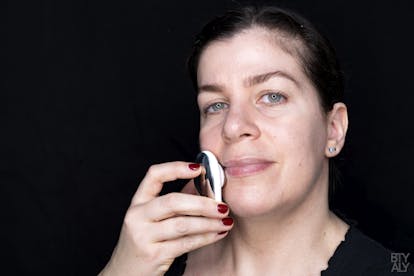
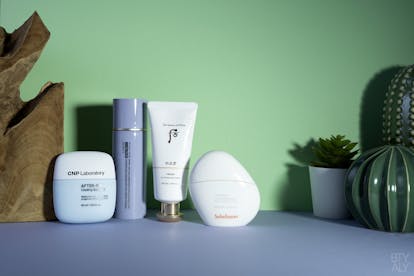
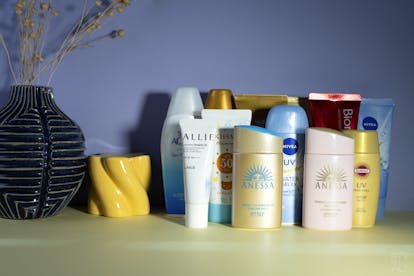
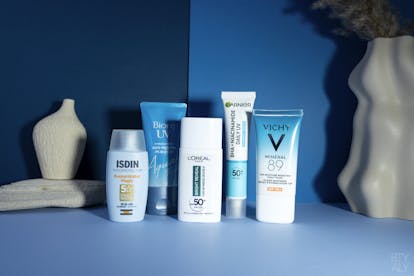
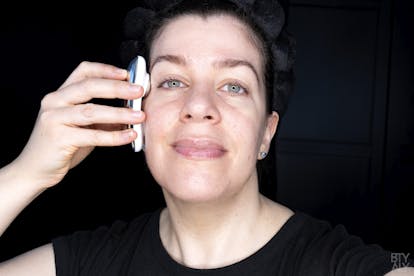
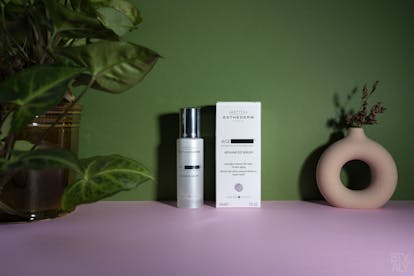
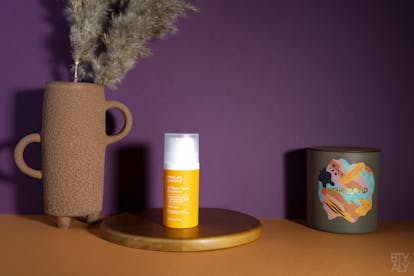
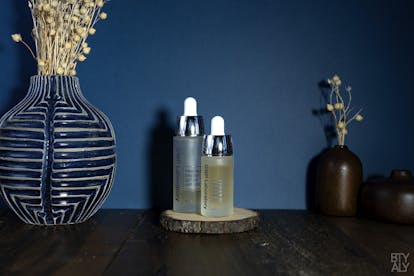
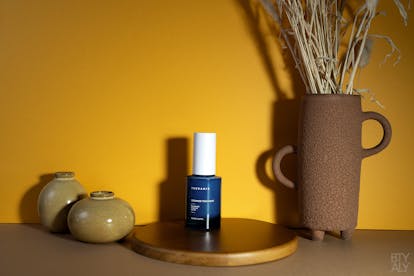
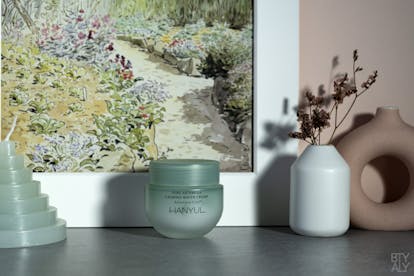
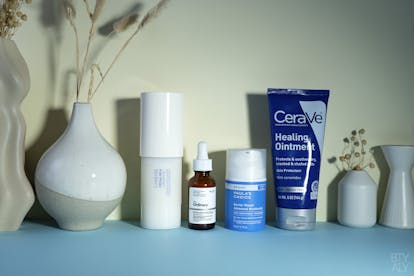
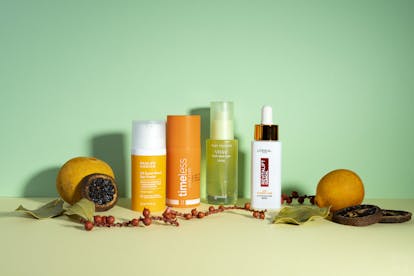
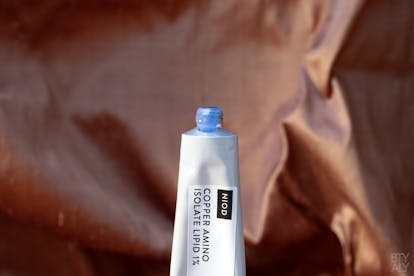
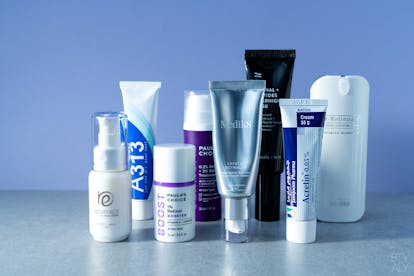
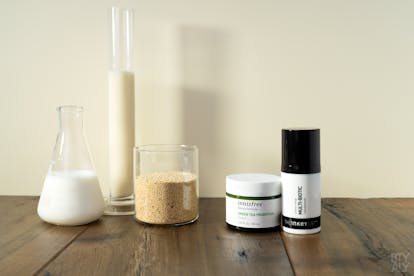
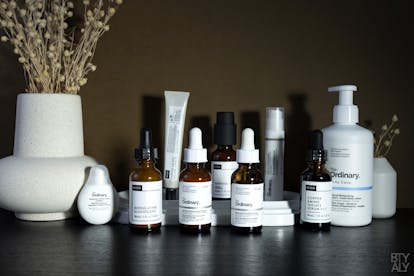

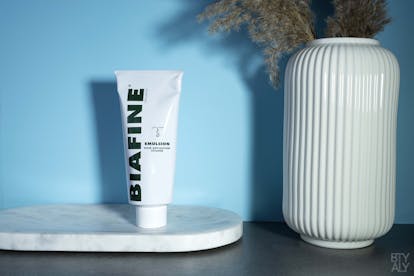
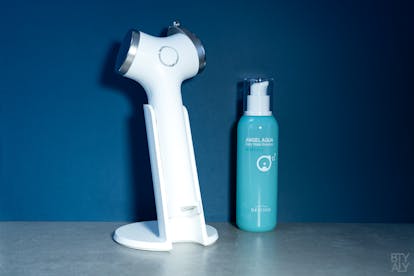
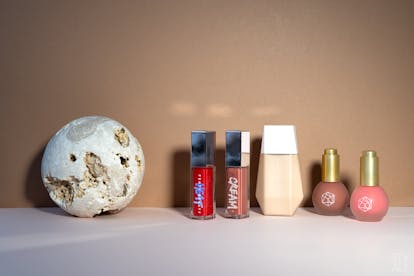
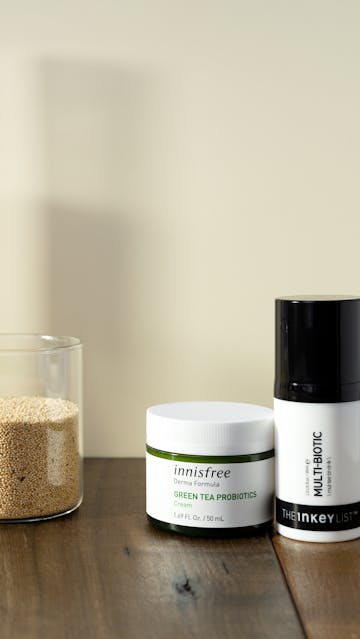

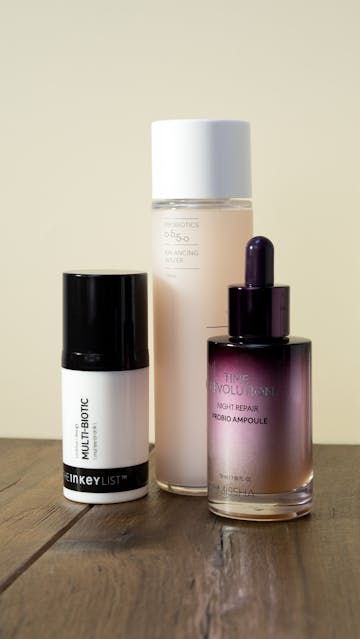
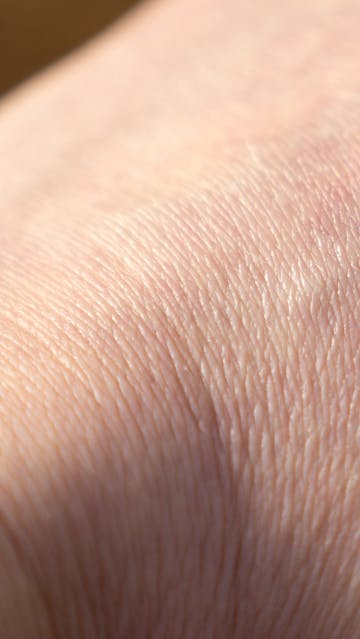
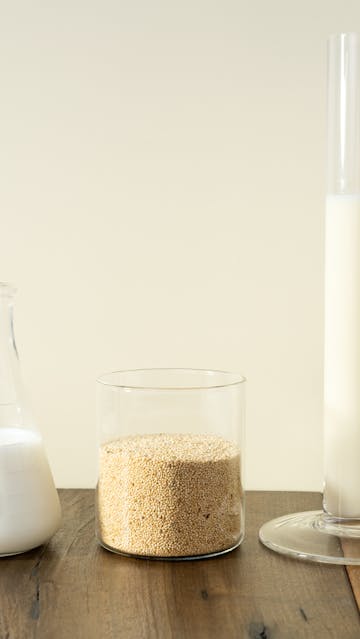
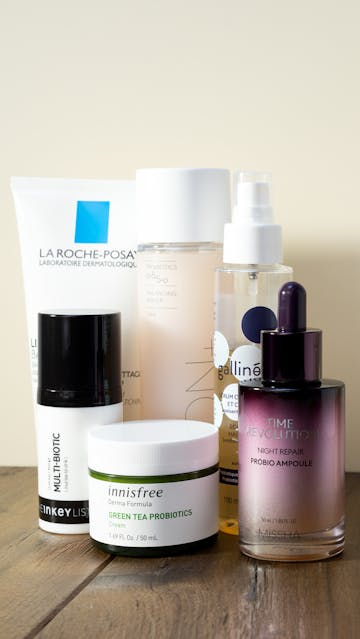
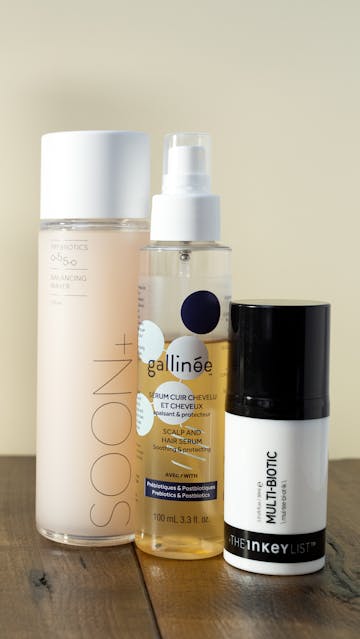
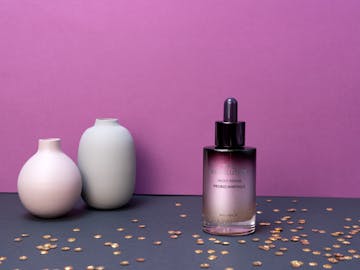
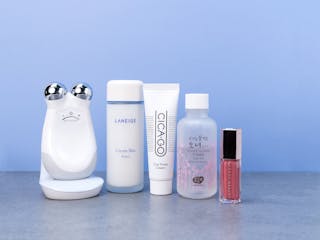
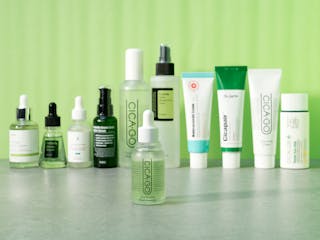
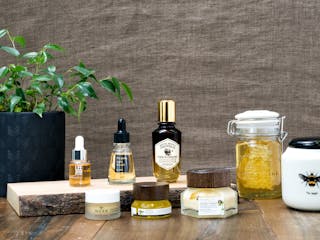
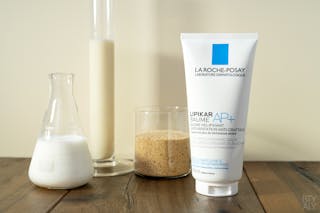

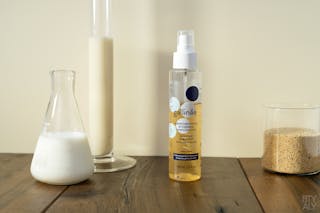

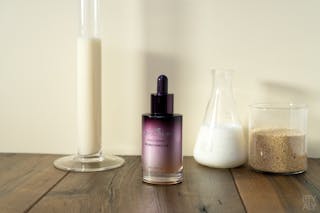


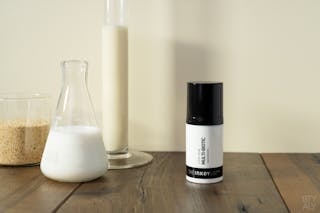
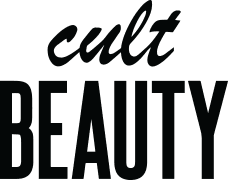










Hi Bonnie, great article as always! Funny enough, I read it this morning and then tonight I saw a Caroline Hirons interview with Kate Sommerville, and towards the end they literally spoke about this being the next big thing! This is the link, if you’d like to watch: https://www.carolinehirons.com/2019/11/kate-somerville-chat-and-qa.html
Oh thank you so much! I will check it out 😍😍😍